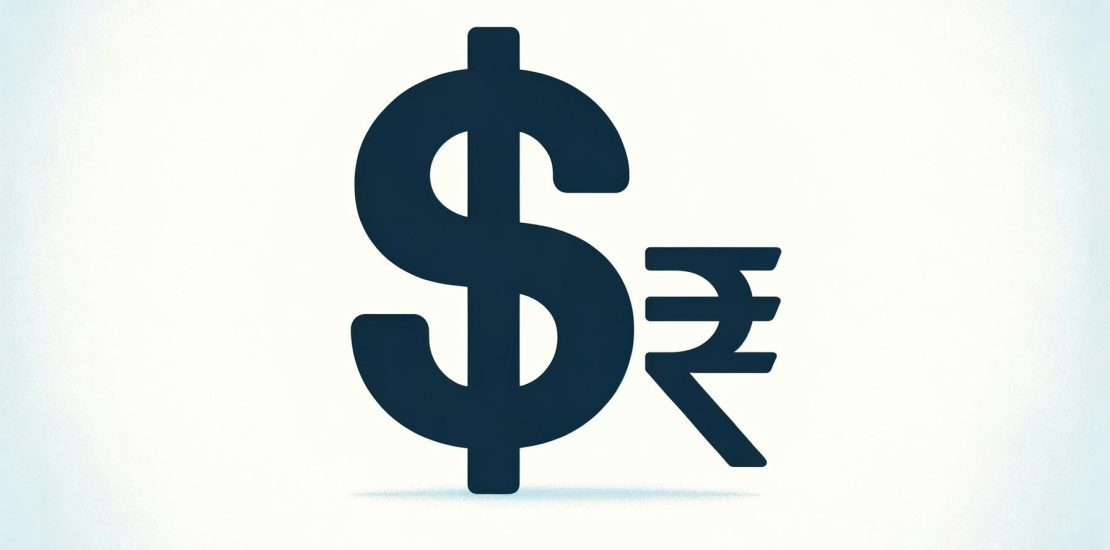- October 23, 2024
- Posted by: Regent Harbor Team
- Category: Global Economy

Contents
The Waning of the Indian Rupee: An Englishman’s Perspective
The world of finance never seems to fall short of unexpected turns, and the latest on the list is the Indian rupee’s plummet against the mighty US dollar.
Understanding the Rupee’s Recent Decline
Just recently, the Indian rupee staggered to an all-time low, registering 84.08 against the US dollar. Despite earnest efforts by Indian state banks to prop up the currency, this decline persists.
Meanwhile, the dollar index has climbed by 0.2% to a notable 104.37, marking its highest since August. Concurrently, the US 10-year Treasury yield has soared to a three-month peak of 4.24%. This, indeed, spells trouble for most Asian currencies, which are feeling the pinch.
Global Dynamics and Their Influence
Curiously, this isn’t solely about volatile currency exchanges. The looming question of Donald Trump’s presidential ambitions and the steady hand of the Federal Reserve on interest rates add layers to the dynamic. Notably, MUFG Bank observes that a Trump triumph alongside Republican control of Congress might further empower the dollar. However, it could also cause ripples in bond prices.
The Chinese yuan and the Korean won echo similar sentiments of weakness. Nonetheless, the Indian rupee’s volatility hasn’t gone unchecked. The Reserve Bank of India has, at least for now, put a dampener on the rupee’s volatility.
Investor Reactions and Market Movements
For the investor, this monetary drama plays out like a high-stakes chess match. Foreign investors, wary of what the future holds, withdrew a staggering $8.5 billion from Indian equities this October. Consequently, the market experienced its third successive day of slides, casting a long shadow over investor confidence.
Why This Matters Globally
The causational links weave a complex narrative. A steadfast US dollar rattles global currencies, sending shockwaves from Asia to Europe. Every investor’s focus remains fixed on the Federal Reserve’s movements. Similarly, US political developments hold potential ramifications for currency markets.
Asian markets could face significant ramifications due to capital outflows and uncertain currency landscapes. This scenario could potentially influence the trajectory of economic recoveries and shift investor perspectives worldwide.
The Broader Economic Implications
Political shifts could have profound implications on economic strategies. Should Donald Trump reclaim the presidency, alongside a Republican congress, the world economy might have much to reconsider. While the US dollar may wax in strength, disruptions in the bond market loom large.
In this intricate web, investors must deliberate the implications on global trade, foreign exchange stability, and investment flows. As central banks around the globe grapple with these evolving challenges, the potential reshaping of monetary policies and economic strategies becomes tangible.
Ultimately, as an Englishman would cautiously note, it behooves one to keep a weather eye on the evolving global financial climate. Our economic world weaves an intricate tapestry, with each thread carrying profound significance. And, as we navigate these waters, it’s wise to recall the age-old saying: "Fortune favours the prepared mind."
